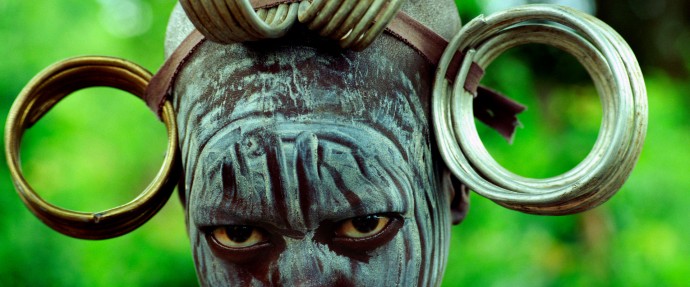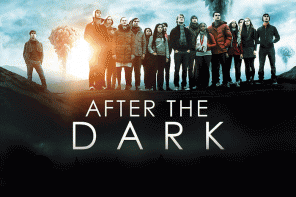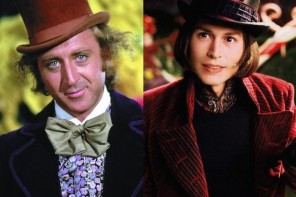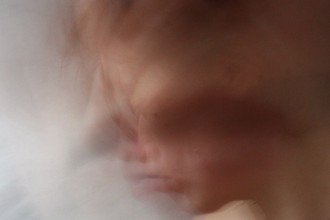Samsara (2011) by Ron Ficke
SAMSARA means “the ever turning wheel of life” in Sanskrit. The film is a beautifully shot series of contrasts showing sacred temples, industrial factories, performance, art and many other ways humans are behave and interact in different ways. It is one of my favourite documentaries. One of the reasons I love it is because it provides a holistic perspective of the dynamics existing in the world without an imposing narrative. It allows you to explore and interact emotionally by disengaging the mind. You are shown fluid real-time and time-lapse sequences of events concerning humanity on our planet and left to learn from your feelings as in meditation. It serves as an axis mundi; a ritual to perceive the self through the communication of physical and spiritual concepts. Some people, naturally, will therefore get more out of it than others because of the layers existing within our individual perceptions; it reflects you, the viewer, yet offers the opportunity for a breakthrough.
I watched it first with a few friends at my place and was positively affected and touched by the film overall because of how enchanting the visuals and accompanying cinematic ambient soundtrack are. As it is pure in its message, if an extra-terrestial came to earth to learn about human nature, I would definitely recommend Samsara. The second time I saw it so happened to be in the cinema section of a London squat party. In the middle of the film, there is a brutal contrast against the visually stunning images of people living in harmony with nature which was challenging to watch. It showed assembly line meat factories spliced by images of people rushing around train stations, women in bikinis being auctioned, commuters stuck in traffic jams and so on. Little yellow chicks wince in the chicken factory as their beaks are sawn off then mechanically plucked from the conveyor belt by their little wings and tossed into a chute. The scene ends in a brightly lit supermarket with packages of meat going through the checkout and prices adding up.
Two guys who had just dropped acid came over to smoke with me just as this sequence began. They looked very uncomfortable and turned their backs to the screen saying they can’t watch it. It always bothers me when people refuse to face things that make them uncomfortable, so I asked why. Their response was, “It shows us how much those creatures are just like us.” I’d missed that point when performing my first autopsy on the film. I found the sequence to be horrific and depressing for obvious reasons but there was a powerful message beyond reactionary guilt. We shut off our hearts, take these creatures out of their environment and destroy them for our consumption just as those who seek to profit do the same to us. We are human livestock- we wait in line, sit in our cubicles and live this life of repetition until we are useless. It’s a cycle motivated by greed and heartlessness, perpetuated by desensitisation and suffering, like a vulgar tiered fountain of blood overflowing onto a beautiful garden. I pondered the question, “How can we treat vulnerable beings with respect and dignity when we aren’t being treated in that way by those positioned above us?” How can we expect people to understand this when they too, are so cut off from their true nature to know any better? Life is commoditised, another carcass on the conveyor belt bearing an insulting price tag.
“You can judge a man’s true character by the way he treats his fellow animals”. This quote had a new depth to it all of a sudden.
This is just one example of how this film can show us different things. There is a scene in which performance artist Olivier De Sagazan sits behind his office desk and covers his face in clay before pulling it off and rubbing debris into it in a furor; he transforms from bearing the likeness of an alien to that of a zombie and then that of a maniac as he violently manipulates the clay around his face. I found this scene to be a hypnotic and interesting progression but noticed there were many mixed feelings about it written online. People thought it was ugly, frightening or out of place. Are we afraid of the beasts we hide within ourselves in order to maintain an agreeable, sterile and monotonous existence?
Overall the film is sweet, sad, mesmerizing, illuminating and powerful in its execution. Because it is sublime and rich in meaning, it is difficult and perhaps even pointless to objectively cover the explicit points communicated in Samsara, especially after only seeing it twice. However, to me it strongly highlighted the resistance the people of industrial/technological society has towards addressing emotional triggers. This film is testifies that you can communicate much more direct to the heart without needing the mind or language; a family vacantly holding their custom rifles, a geisha softly shedding tears and within the transition between the scenes you sense the vastness of the cultural differences between them. You don’t have to be spiritual for its messages to reach deep inside you. It’s not just a film, it’s poetry. A sequence showing monks creating the mandala which symbolises the universe from coloured sand as they are observed by young aspirants is woven through the film. The monks display steady focus and adept craftsmanship as they create this delicate work of art. The film closes once the monks carelessly wipe the entire masterpiece away upon completion. This is symbolic of the fragile impermanence of our existence and the overwhelming power of transformation and ultimate destruction from where the next generation is to begin afresh. Birth, death and rebirth; samsara.







